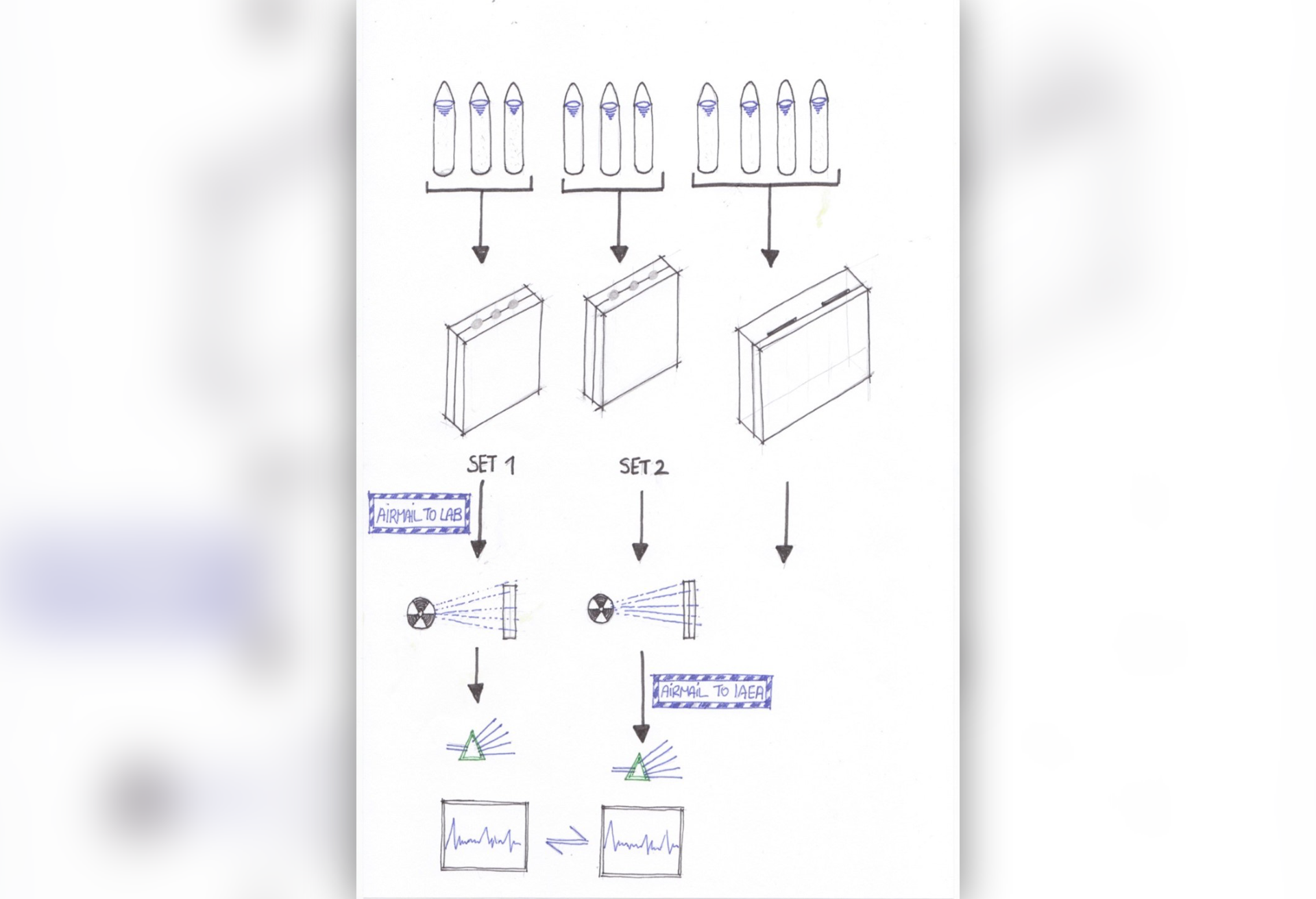
The Global Experiment
Maria Rentetzi
Getting the radiation dose correct is of strategic importance for a number of interrelated actors in radiation therapy: the manufacturers of radiation equipment and of the specialized computer software that these machines require; the physicists, radiobiologists, specialists in nuclear medicine and experts in dosimetry in the laboratory; the medical physicists, dosimetrists, radiation oncologists, technicians, and health care workers in the medical clinic; and of course, the cancer patients themselves. Radiation therapy (which uses high energy radiation to kill cancer cells and thus shrink tumors), is indeed a multidisciplinary team-based area of scientific investigation whose success depends on the incorporation of different kinds of both human and technological actors. Radiation is generated either by equipment placed outside of the body—external beam radiation therapy—or from radioactive material which is placed inside the body—internal radiation therapy.
In the midst of cold war geopolitical tensions, in the absence of dosimetry standards for direct absorbed dose calibrations in radiotherapy and suitable dosimeters for global distribution, the IAEA organized the first trial postal dose comparison for electron beams in 1964-65 with eleven participating institutions using Fricke dosimeters. The next year more systematic investigations led to a second intercomparison trial and a year later a third one followed. What had been originally planned as a one-time experiment among several institutions in Europe before the Agency offers a black boxed dosimetry service, proved to be an endless experiment involving institutions from around the world. By 1967 the IAEA had succussed to offer a postal dose intercomparison service together with the World Health Organization while it also put forward the foundation of a network of secondary standard dosimetry metrological centers in key regions and on global level. The global dosimetry experiment—an experiment under what was supposed to be predetermined experimental conditions—led to the standardization of dosimetric practices, instruments and even the architecture of dosimetry laboratories across several member states. Getting the radiation dose correct presupposed diplomatic and political negotiations without precedence in the context of the newly created IAEA, an international organization that hoped to undertake the regulation of nuclear technologies in both the medical and industrial sectors worldwide.
Photo caption: A simplified representation of the global measurement system for radiation dosimetry. (courtesy Spiros Flevaris)